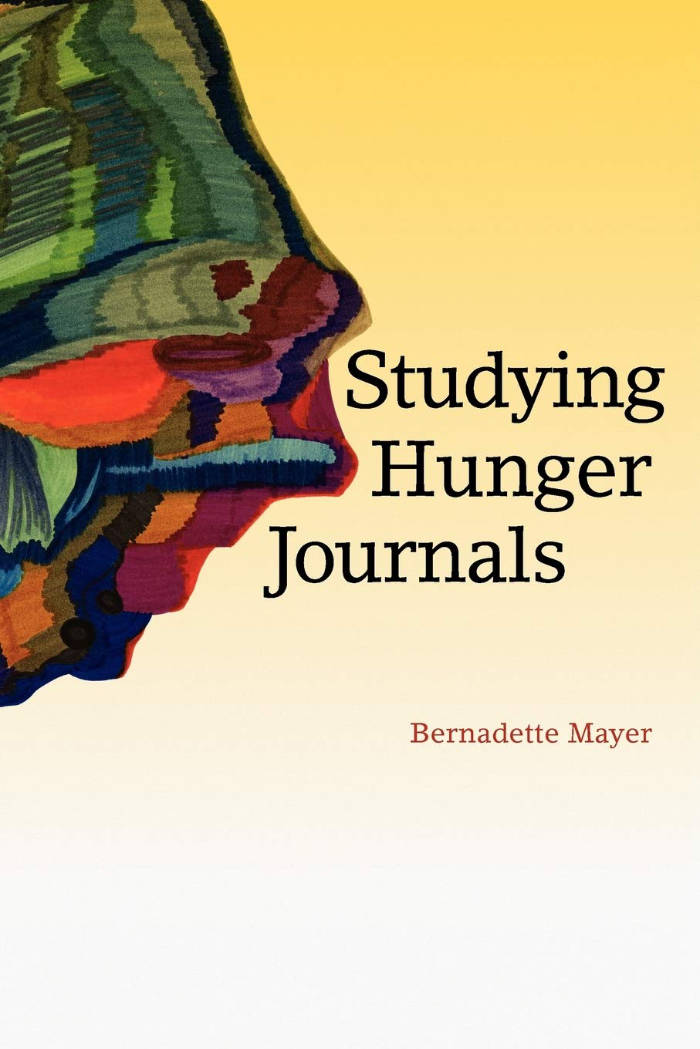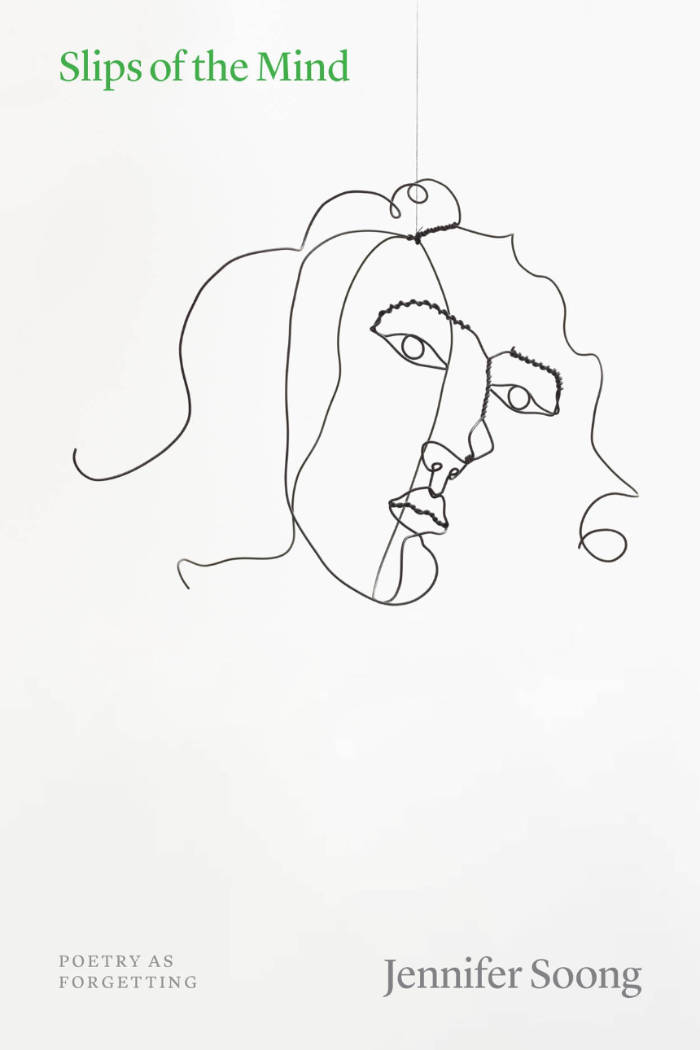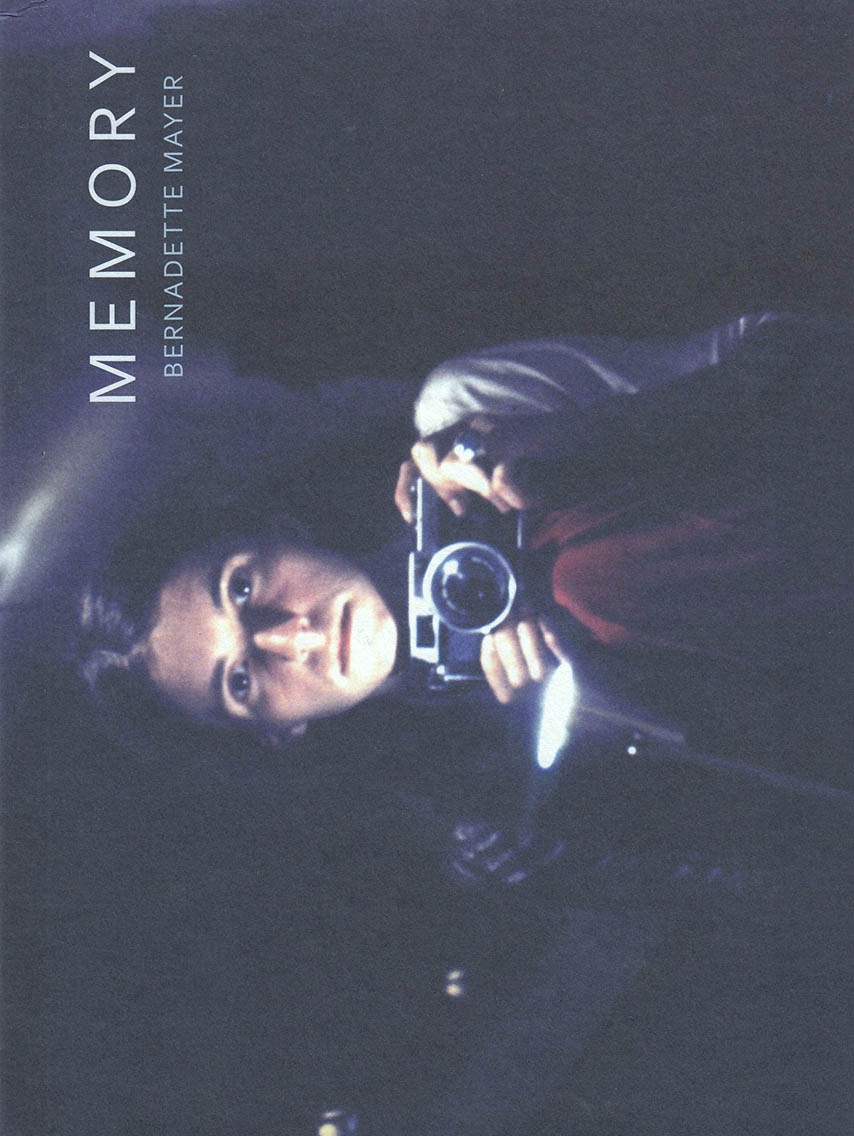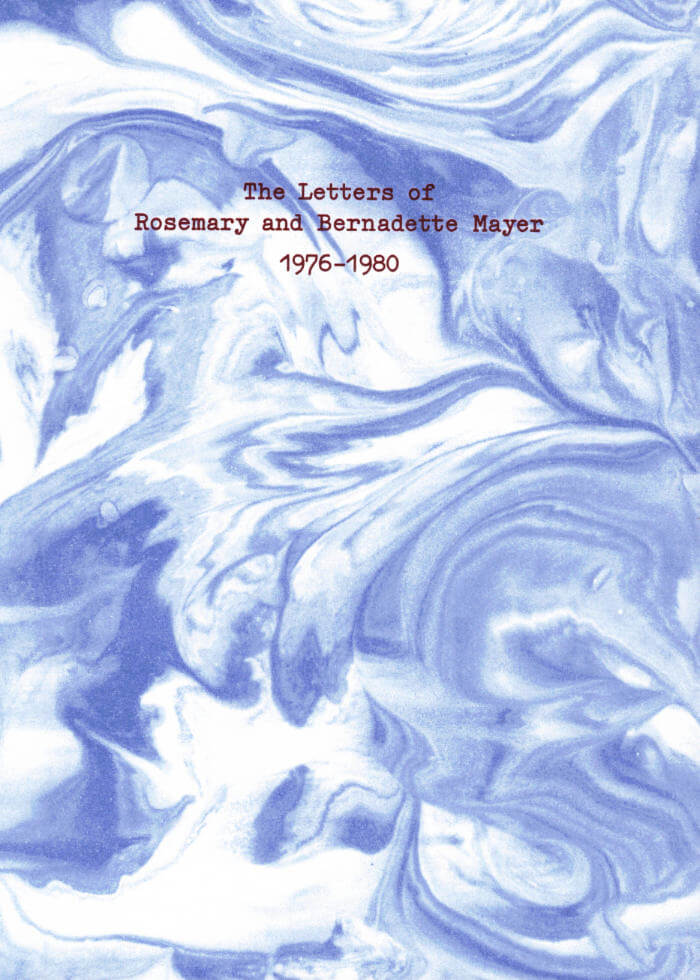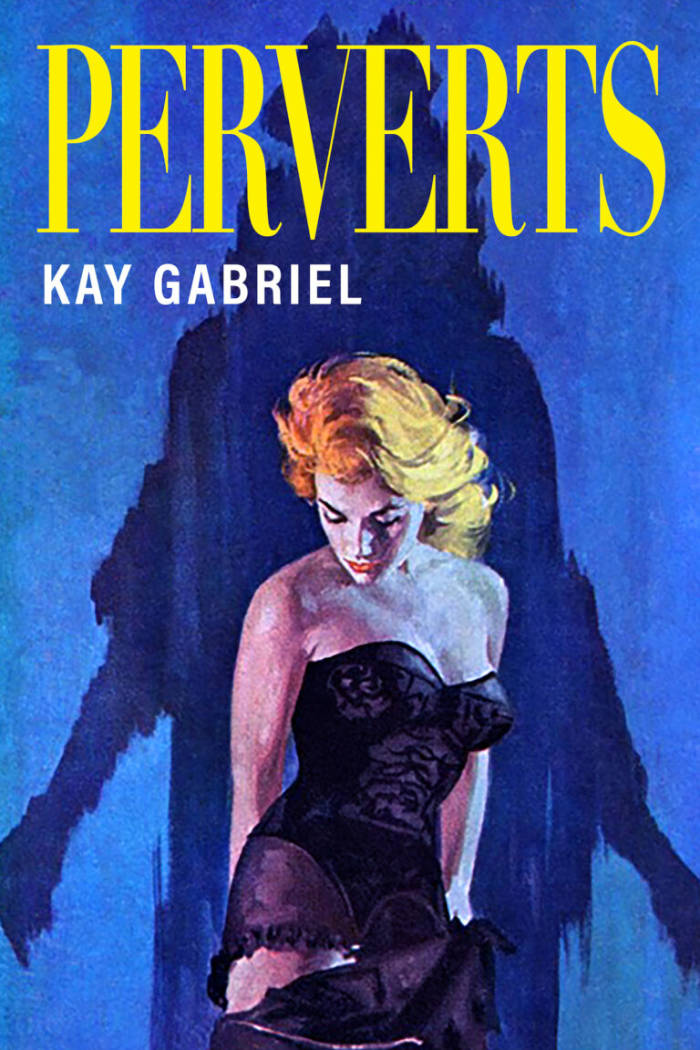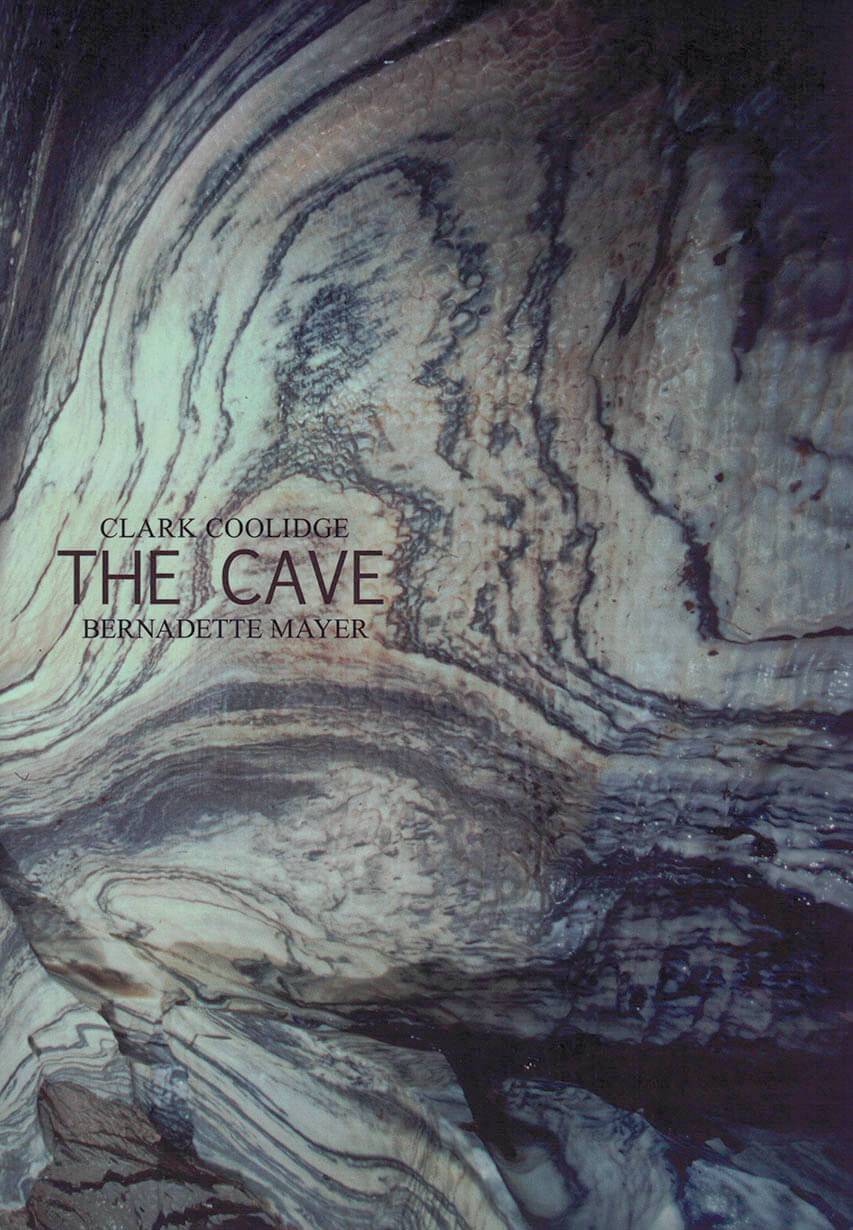
The Cave
Bernadette Mayer, Clark Coolidge
The Cave is a collaboration of prose, poetry, dialogue, and song alternately written by Clark Coolidge and Bernadette Mayer in their early thirties. Assembled between 1972 and 1978, The Cave explores the philosophy of Wittgenstein, the nature of language, and the connections between the present and past. It constantly challenges the reader to question reality, time, and the poets themselves. The work ranges from complex and imagistic rambles through imaginary landscapes to terse, clear accounts of exploring Eldon's Cave in western Massachusetts, the setting of several of Coolidge's poems. Like a mystery novel, The Cave draws the reader in with hints that all the strands weave together into a coherent picture.
Clark Coolidge and Bernadette Mayer have been writing for over fifty years, and they have both had an unquantifiable impact on the direction of experimental poetry. In the words of Marcella Durand, who provides an introduction to The Cave, "Coolidge and Mayer evidently shared a common mission in their writings to encompass consciousness, language, and the intricacy of physical/scientific/geologic structures, and to cross whatever fake borders had been set up between genres, materials, or even words themselves."
Language: English
